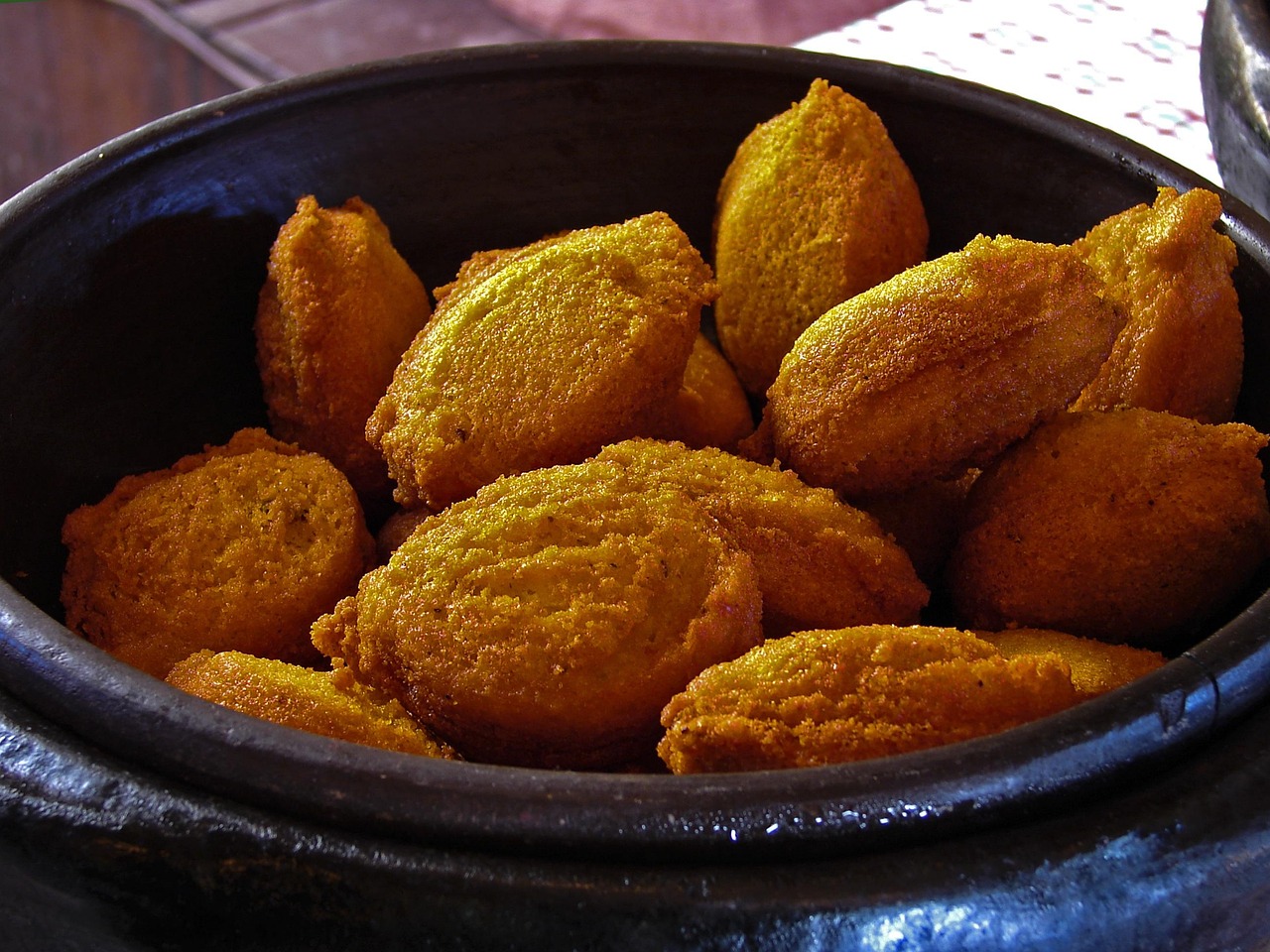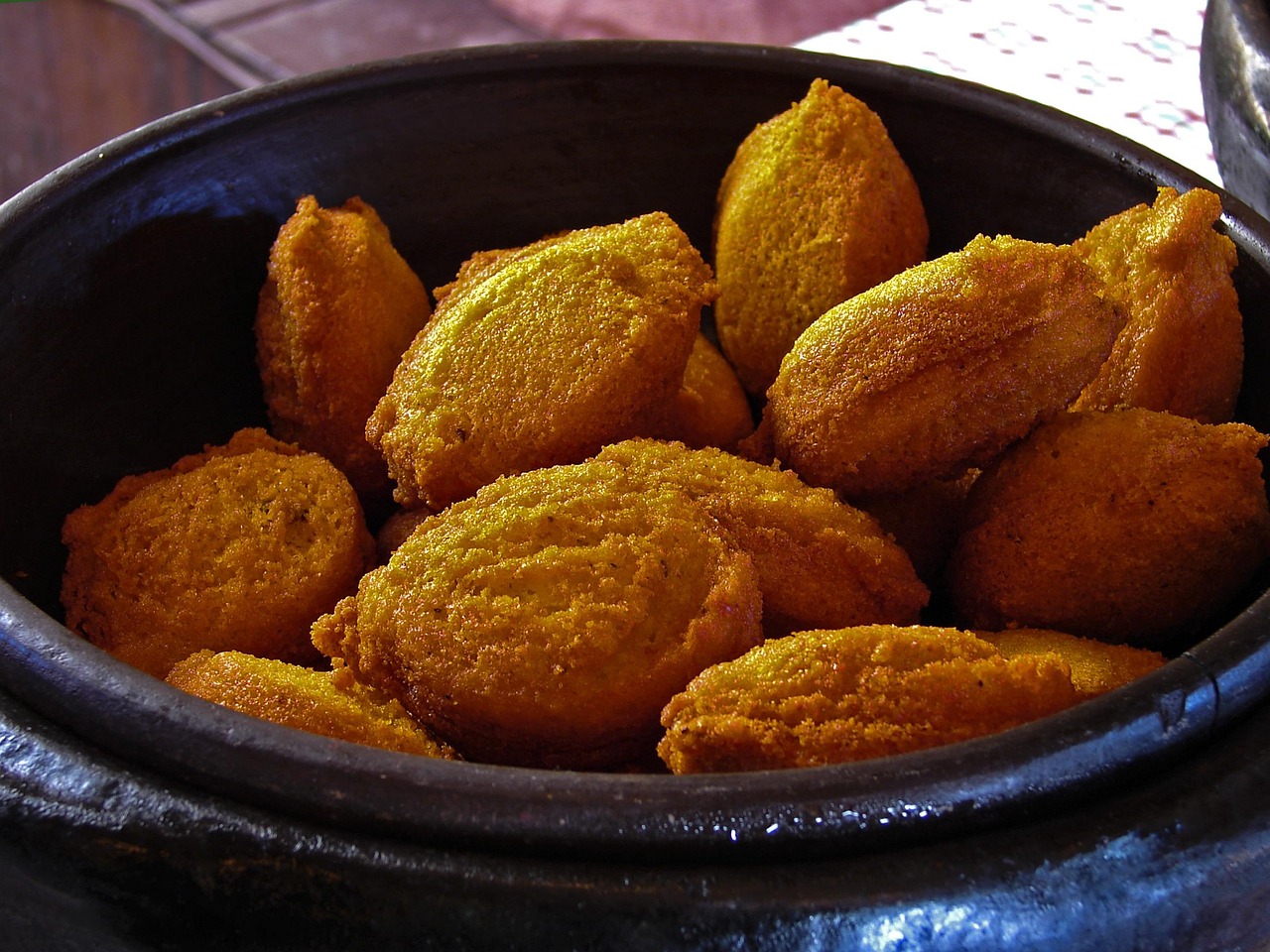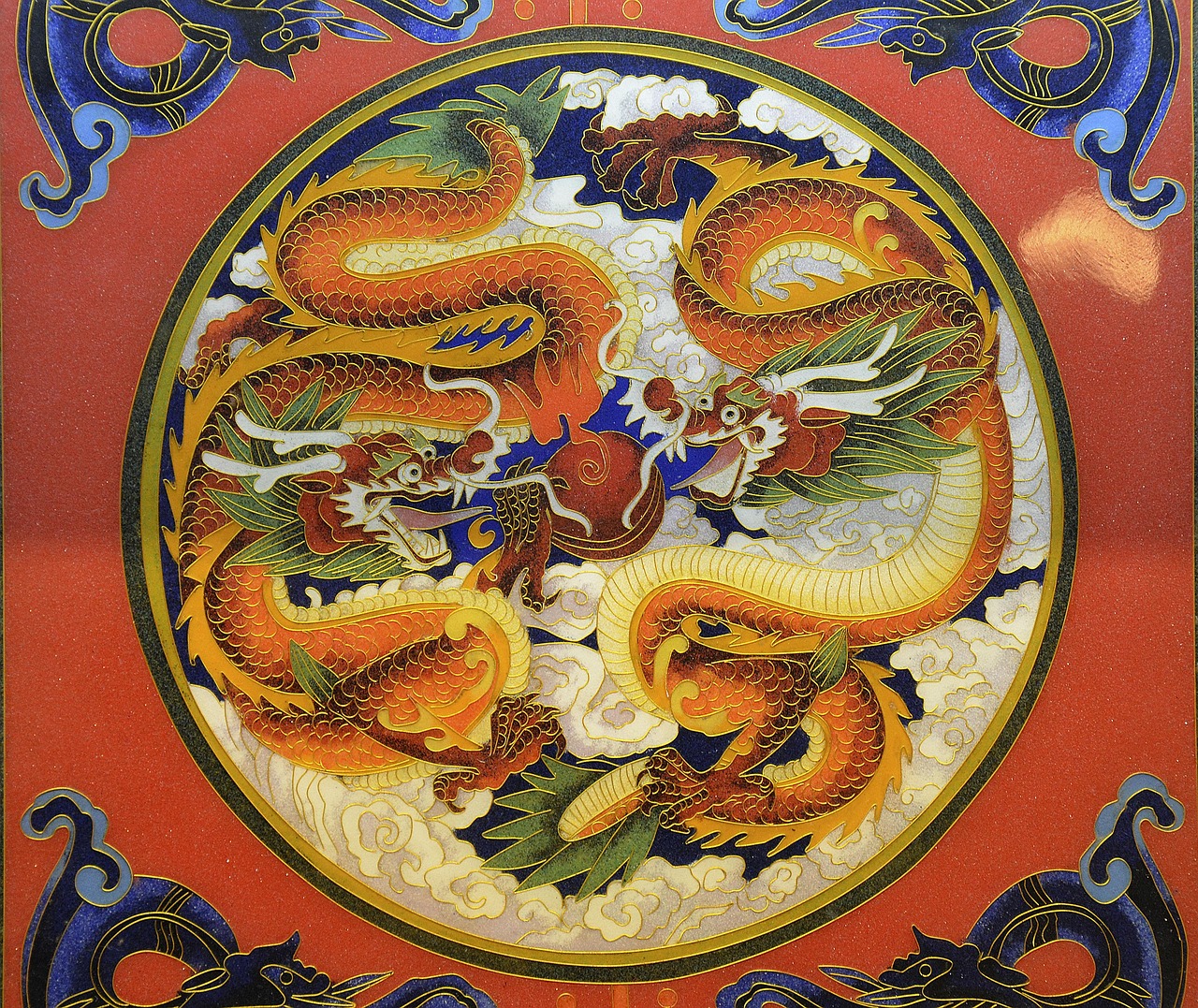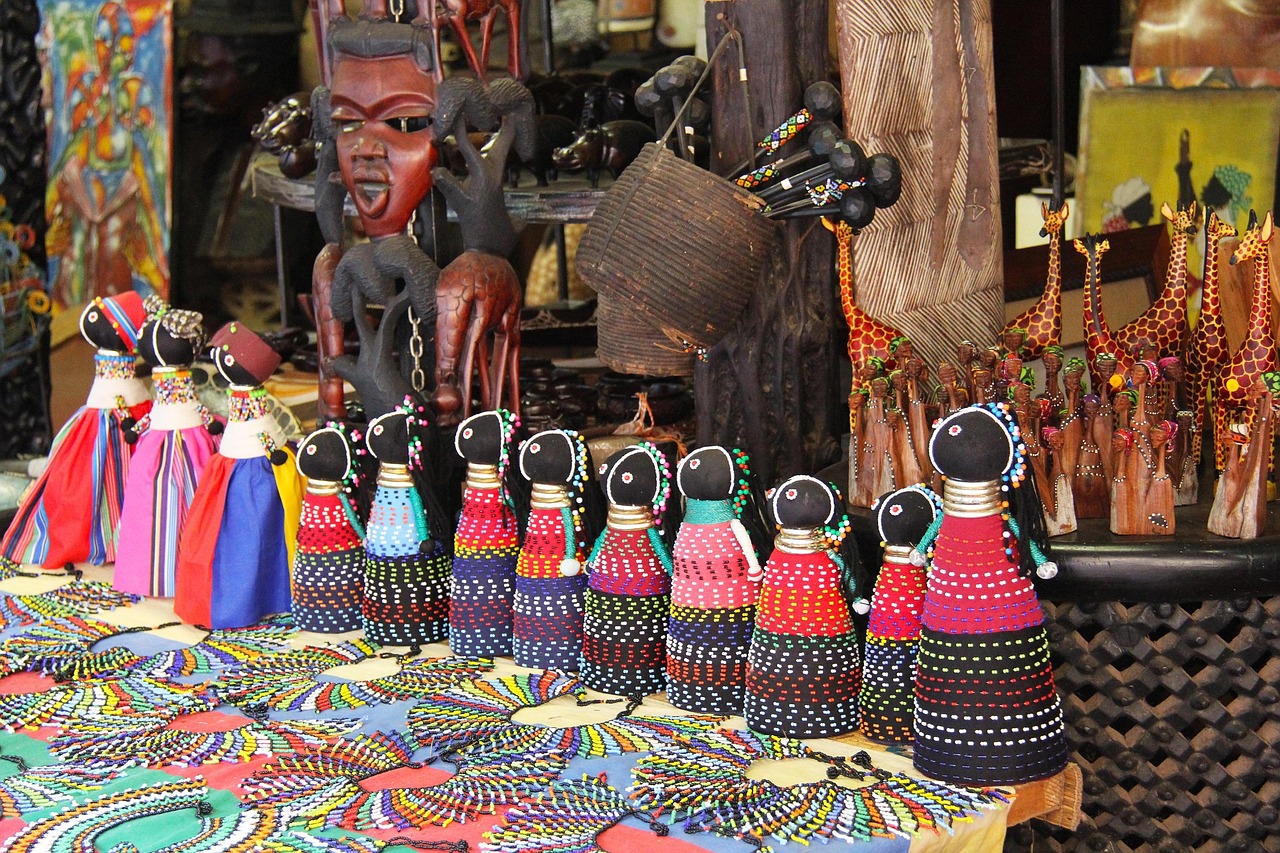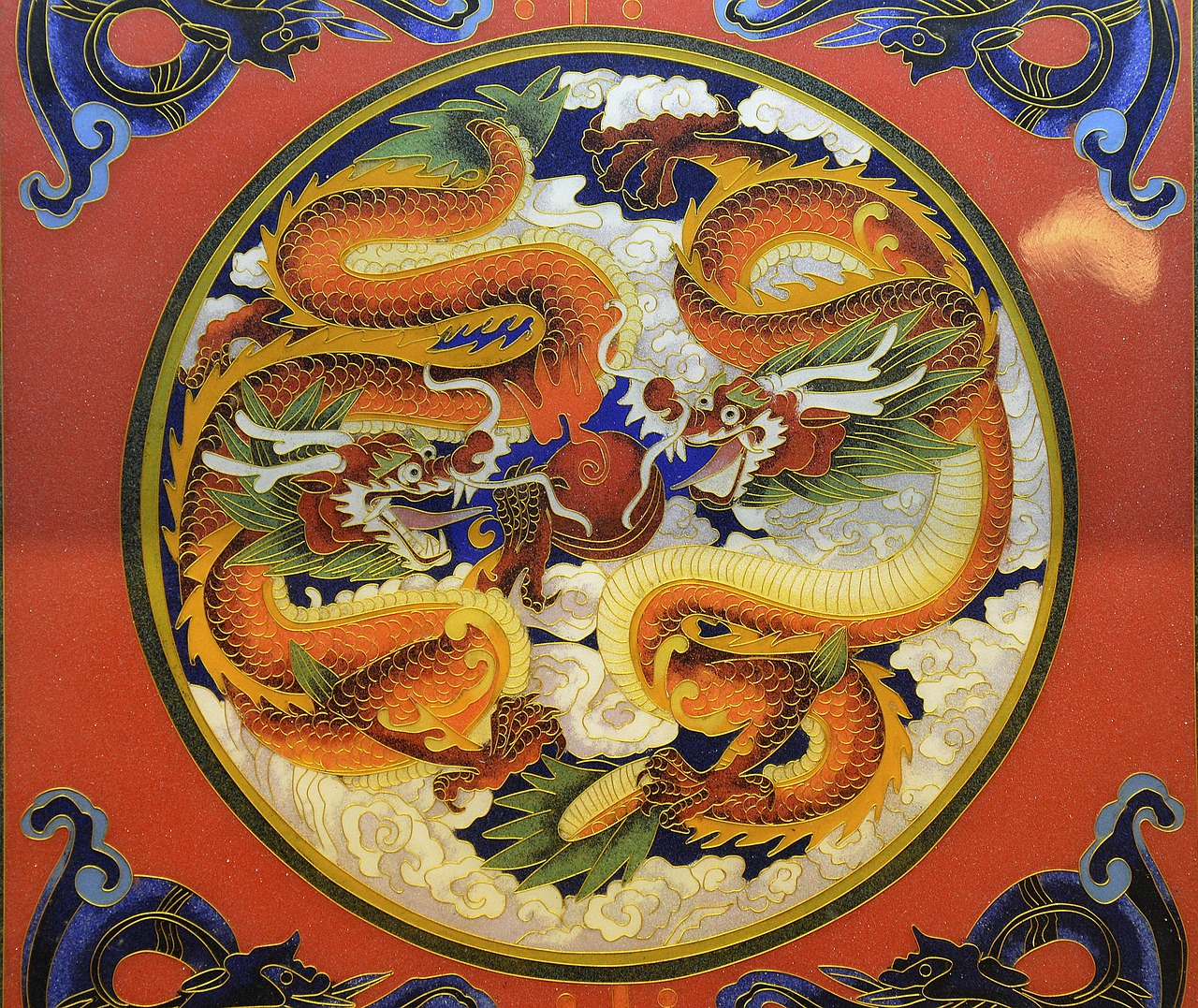Exploring the Rich Tapestry of Chinese Cuisine:An English Translation of Culinary Heritage
Introduction
Chinese cuisine, with its thousands of years of history and regional diversity, is a culinary journey that spans across the vast landscape of China. From the bustling streets of Beijing to the serene waters of the Yangtze River, each region has its own unique dishes and flavors that have been passed down through generations. In this article, we will delve into the heart of Chinese gastronomy, exploring the essence of its flavors, the art of its preparation, and the cultural significance behind each dish. This English translation aims to bridge the gap between the rich culinary heritage of China and the English-speaking world, providing a comprehensive guide to the intricacies of Chinese food culture.
The Eight Culinary Traditions
Chinese cuisine is not a monolithic entity but rather a tapestry woven from eight distinct culinary traditions, each with its own set of flavors, techniques, and ingredients. These traditions are:
-
Sichuan Cuisine (川菜): Known for its bold and pungent flavors, Sichuan cuisine is famous for its use of chili peppers, Sichuan peppercorns, and a variety of spices. Dishes like Mapo Tofu and Kung Pao Chicken have gained international recognition.
-
Cantonese Cuisine (粤菜): Originating from Guangdong province, Cantonese cuisine is characterized by its light, fresh flavors and emphasis on preserving the natural taste of ingredients. Dim sum, a style of eating small, bite-sized dishes, is a quintessential part of Cantonese dining culture.
-
Shandong Cuisine (鲁菜): With a history dating back to the Spring and Autumn period, Shandong cuisine is known for its rich flavors and use of seafood. Signature dishes include Sweet and Sour Carp and Braised Sea Cucumber.
-
Jiangsu Cuisine (苏菜): Also known as Su cuisine, this tradition is famous for its delicate flavors and meticulous presentation. Duck dishes, such as Peking Duck, and soups are particularly popular.
-
Fujian Cuisine (闽菜): The cuisine of Fujian province is known for its seafood and the use of red yeast rice, which imparts a distinctive color and flavor to dishes like Buddha Jumps Over the Wall.
-
Hunan Cuisine (湘菜): Similar to Sichuan cuisine, Hunan cuisine is spicy but with a focus on sour flavors. Dishes like Steamed Fish Head with Diced Hot Red Peppers are iconic.
-
Anhui Cuisine (徽菜): Anhui cuisine is known for its simple, rustic dishes that often feature wild game and mushrooms. Braised Eel in Brown Sauce is a classic dish from this region.
-
Zhejiang Cuisine (浙菜): With an emphasis on seafood and freshwater fish, Zhejiang cuisine is known for its light and fresh flavors. West Lake Fish in Vinegar Gravy is a signature dish.

The Art of Cooking
Chinese cooking is an art form that requires precision, patience, and a deep understanding of the ingredients. Here are some of the key techniques and methods used in Chinese cuisine:
-
Stir-frying: A quick cooking method that uses high heat and minimal oil to seal in the flavors and nutrients of the ingredients.
-
Steaming: A healthy cooking technique that preserves the natural flavors and nutrients of the food while also infusing it with the aroma of the steaming liquid.
-
Braising: A slow cooking method that involves simmering ingredients in liquid, often with soy sauce, to create tender, flavorful dishes.
-
Deep-frying: Used to create crispy textures and golden colors, deep-frying is a technique that requires careful control of oil temperature.
-
Roasting: Particularly popular for meats, roasting involves cooking over an open flame or in an oven, often with a marinade or glaze.
-
Dumpling Making: A traditional skill that involves wrapping fillings in dough to create various types of dumplings, such as Jiaozi and Xiaolongbao.
The Five Flavors
Chinese cuisine is built around the concept of the five flavors: sour, sweet, bitter, spicy, and salty. These flavors are not only tasted but also felt, and they are used to create a harmonious balance in each dish. The use of these flavors is not arbitrary but is deeply rooted in traditional Chinese medicine, which believes that each flavor corresponds to different organs and has specific health benefits.
-
Sour: Often used to stimulate the appetite and aid digestion, sour flavors are achieved through the use of ingredients like vinegar, tamarind, and pickled vegetables.
-
Sweet: Sweetness is used to balance other flavors and is often found in desserts and some savory dishes. Sugar, honey, and fruits are common sweeteners.
-
Bitter: Bitter flavors are less common in Chinese cuisine but are used in certain dishes and medicinal broths for their cleansing properties.
-
Spicy: Spiciness is used to stimulate the senses and is achieved through the use of chili peppers, Sichuan peppercorns, and other pungent spices.
-
Salty: Salt is a fundamental flavor in Chinese cooking, used to enhance and balance other flavors. Soy sauce, salted fish, and preserved vegetables are common salty ingredients.
The Cultural Significance
Food in China is not just about sustenance; it is deeply intertwined with culture, history, and social customs. Here are some of the ways in which food plays a significant role in Chinese culture:
-
Family and Community: Sharing meals is a way to strengthen family bonds and build community. Festive occasions like the Lunar New Year and Mid-Autumn Festival are marked by family gatherings and feasting.
-
Symbolism: Many dishes carry symbolic meanings. For example, fish (鱼) is associated with abundance and prosperity because of its phonetic similarity to the word for "surplus" (余).
-
Medicine and Health: Traditional Chinese medicine influences the way food is consumed, with certain foods believed to have healing properties or to balance the body's energies.
-
Seasonal Eating: Chinese cuisine is seasonal, with ingredients and dishes changing according to the time of year to align with the body's needs and the natural environment.
-
Tea Culture: Tea is an integral part of Chinese culture and is often paired with meals or enjoyed as a social activity. Different types of tea are consumed depending on the season and the meal.
Conclusion
Chinese cuisine is a treasure trove of flavors, techniques, and cultural significance that has evolved over thousands of years. This English translation of the culinary heritage of China aims to provide a deeper understanding and appreciation of the art of Chinese cooking. As we explore the regional dishes, cooking methods, and cultural practices, we gain insight into the heart of Chinese society and its enduring love for food. Whether you are a culinary enthusiast, a traveler, or simply someone with a curiosity for new flavors, the world of Chinese cuisine offers a rich and diverse journey that is sure to satisfy the palate and the soul.


